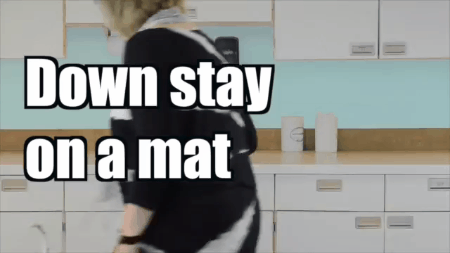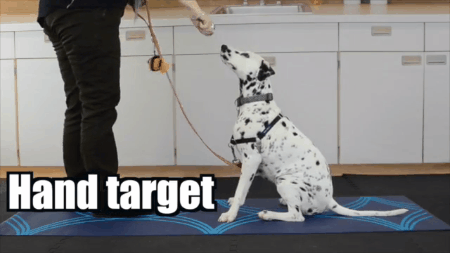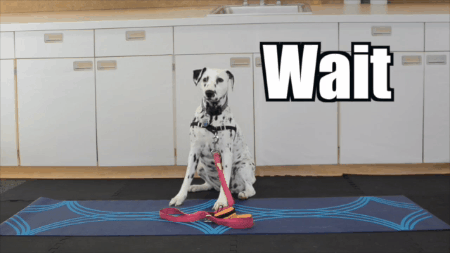"Tricks" for a Fear-Free veterinary visit
The trick's in the trickreally! Pets love to show offand this fun activity just may relax the pet parents at your practice, too!

When you meet a pet, ask about his or her tricks or behaviors. Many animals relax when they're asked to do a behavior they're familiar with. Why? Simple. It has the elements of predictability and provides the animal with a choice and control.
Dogs and cats can learn foundational behaviors that you can integrate into the veterinary exam, such as targeting, going into a crate or onto a mat and wait and sit. For some animals, getting to do the behavior is rewarding and relaxing in and of itself, such as asking for their favorite high five or spin.

My pug, Willy, enjoys the tricks of spin and jump through arms so well, asking him to perform these is rewarding and directs energy into acceptable outlets.
A chance to greet someone interesting, moving onto a desirable space, praise, petting, play or delivery of a toy are rewards to reinforce known behaviors. These behaviors can also add predictability and familiarity to new people-such as veterinary team members-when you use these favorite tricks with the animals.

Ready to teach these behaviors? Offer pet owners these simple handouts to explain how-and why-to train these behaviors for an easier veterinary visit.